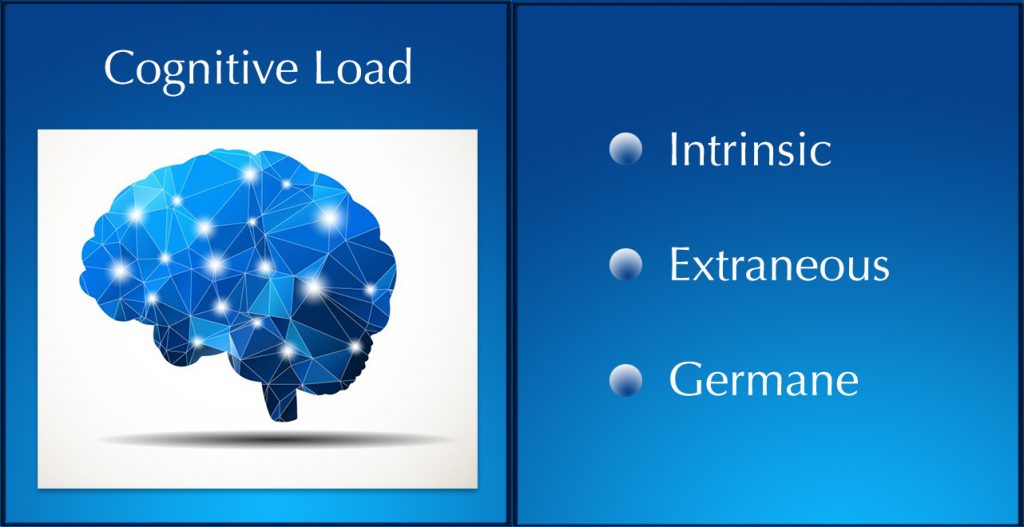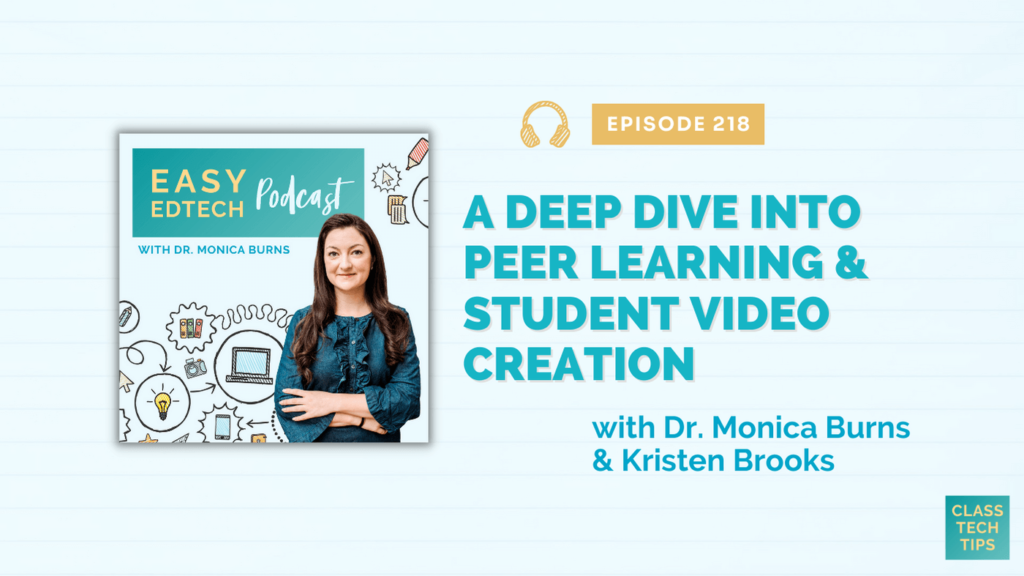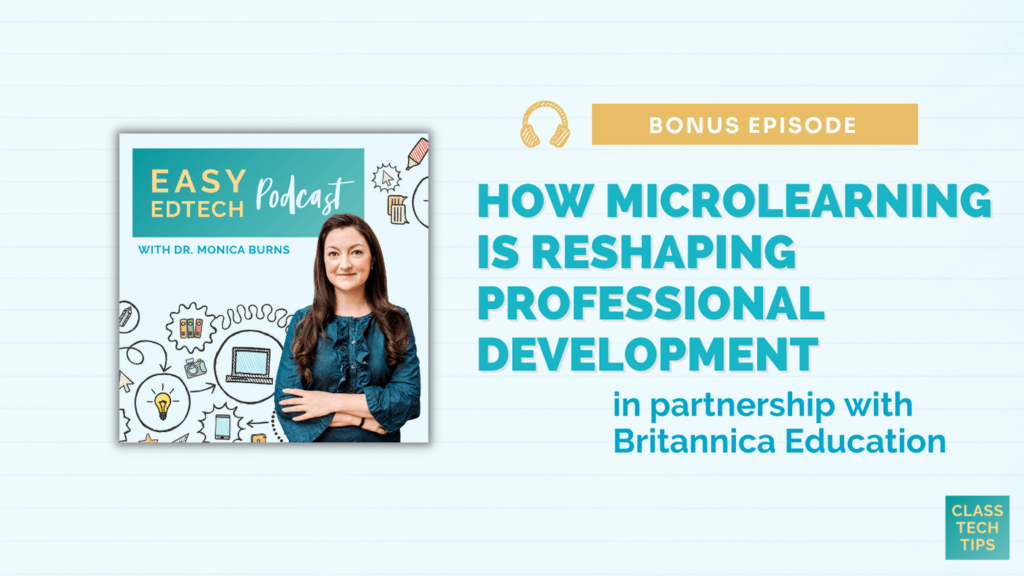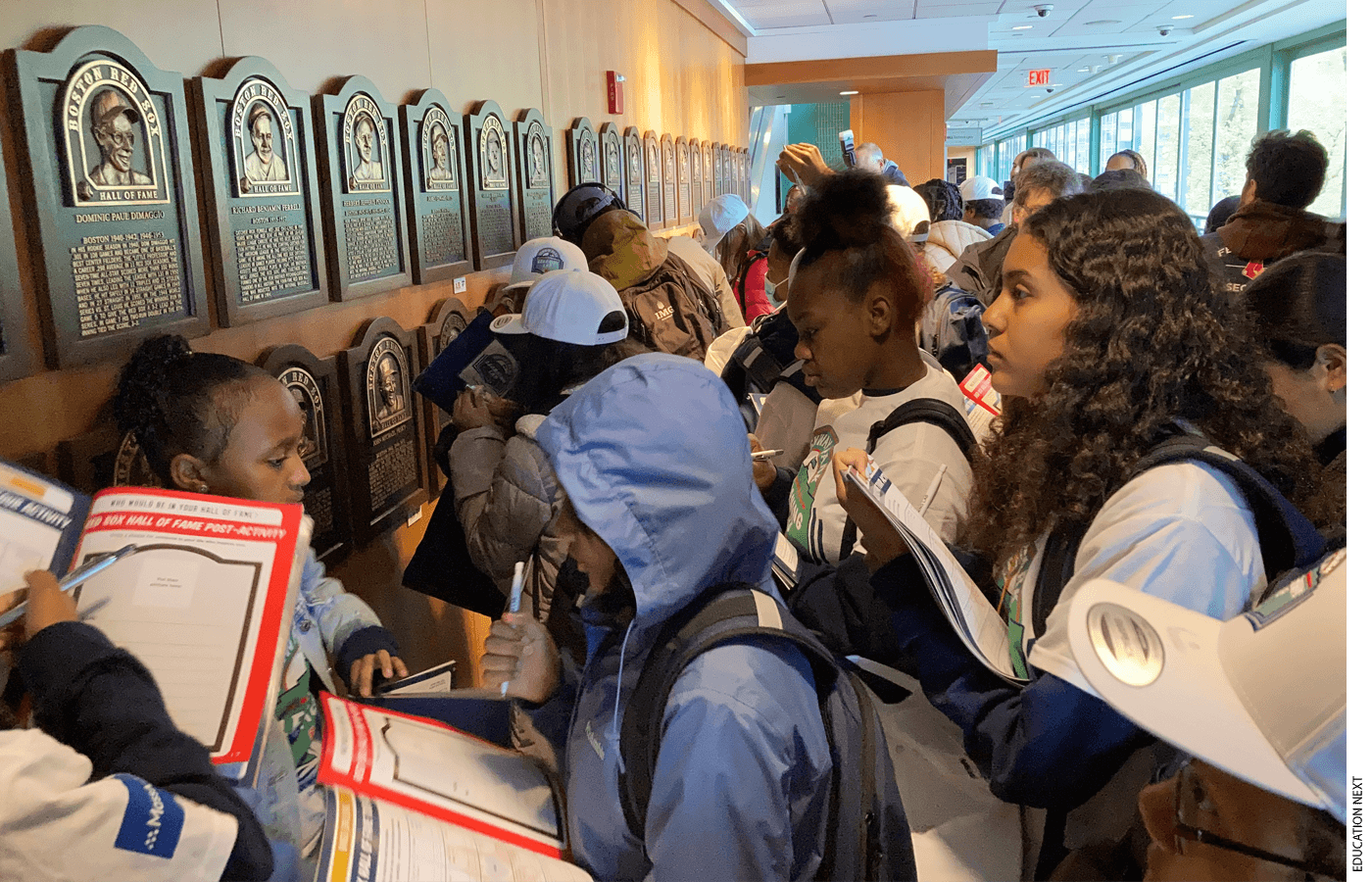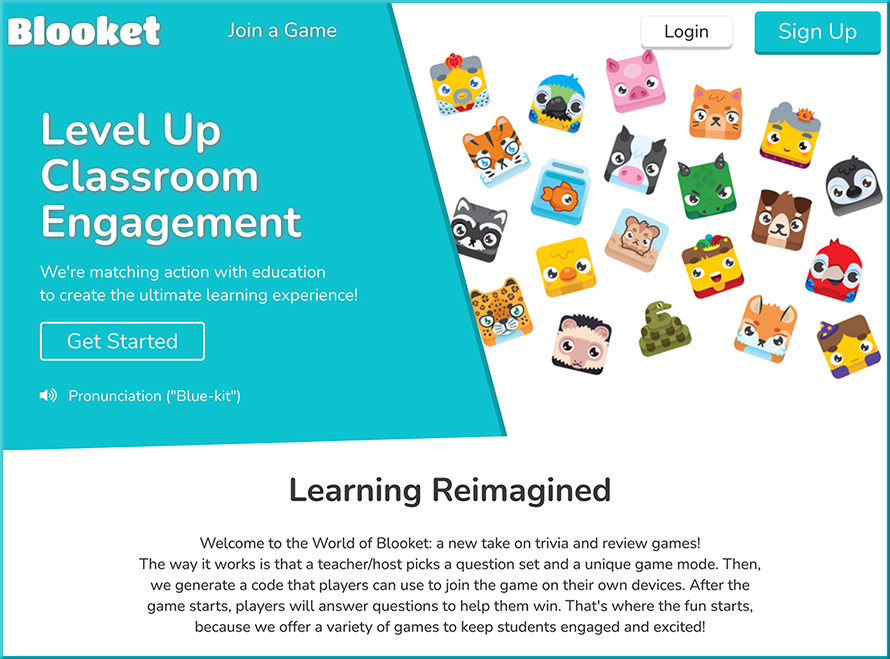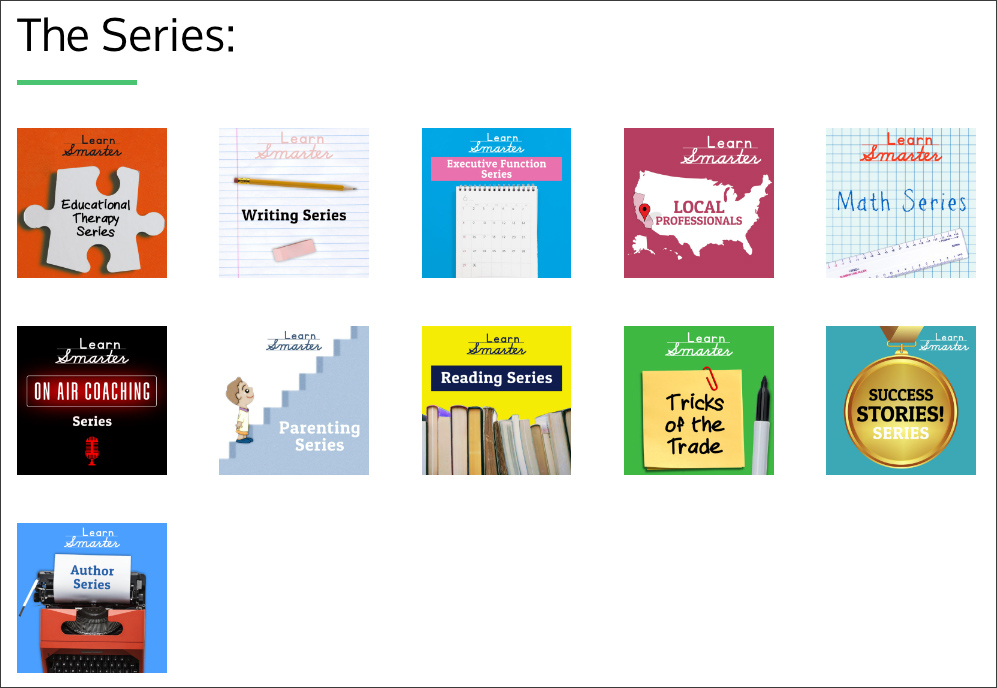Learning as a Learning Professional: Unlock Hidden Opportunities — from learningguild.com by Will Thalheimer
As learning professionals, we help others grow—but how well are we developing ourselves? And does it really matter? Absolutely! In this article, I’ll explore why mastering the art of learning is crucial for our success and share strategies that go beyond traditional professional development.
Why learning matters for us
We need to be strong learners because our work demands broad expertise. We must understand the learning sciences, instructional design, project management, technology, evaluation, organizational dynamics, and business strategy. We also need to navigate a sea of learning frameworks, approaches, and models.
Also from learningguild.com, see:
Microlearning: The Key to Capturing Modern Learners’ Attention — by Sergiy Movchan
This shift in how we consume and process information is challenging traditional learning methods, which are finding it increasingly difficult to keep learners’ attention.
Microlearning is a bridge to the attention of today’s learners, delivering complex topics in short, manageable pieces. Whether it’s a five-minute video, a quick quiz, or a short lesson, microlearning makes it easier for students to stay engaged. Microlearning often holds learners’ attention better and for longer compared to standard learning methods.
Typical low completion rates clearly show the need for innovative approaches to content delivery and student engagement. Microlearning offers the answer to this need.
Cultivating Creativity as an L&D Professional — by Katie Belle (Curry) Nelson
Instructional designers and learning professionals are creative by nature. We are called upon to be creative with technology like Articulate, Camtasia, or Captivate. More often than we would like, organizations, red tape, and clients require us to be creative with timelines and budgets. Being creative is a core qualification and requirement of our work. So, what do we do when we feel like the creative river has run to a trickle or dried up entirely?










